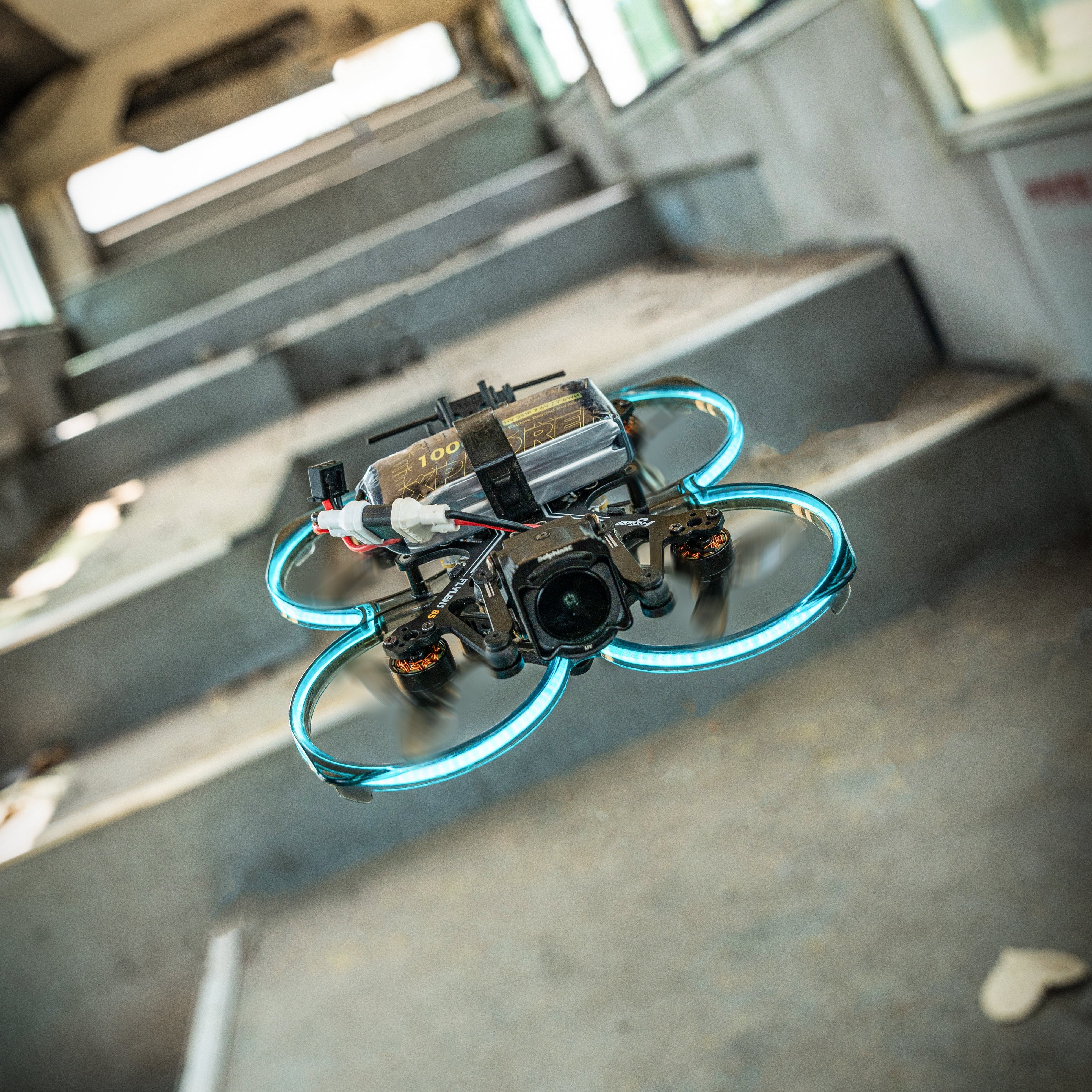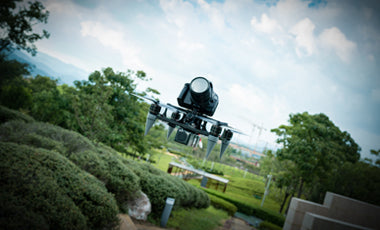Avoid prolonged operation of brushless motors in high-temperature environments.
Operating a motor above 100 degrees Celsius for an extended period can cause damage to various systems of the brushless motor.
(1) Neodymium-iron-boron magnets are not resistant to high temperatures. When approaching their temperature limit, they will experience continuous demagnetization. The higher the temperature, the faster the demagnetization occurs. Demagnetization leads to a decrease in magnetic properties, torque, and irreversible damage to motor performance.
(2) Bearings should not be operated in high-temperature environments for an extended period. High temperatures cause the internal lubricating oil of the bearings to evaporate, and the ball bearings undergo deformation, accelerating wear and tear.
Avoid motor water ingress and maintain internal dryness.
Water ingress can potentially cause rusting of bearings, accelerate bearing wear, and reduce the lifespan of the brushless motor. Additionally, components such as silicon steel sheets, shafts, and motor casings are also susceptible to rusting.
Regularly inspect the condition of motor bearings for wear.
To inspect the motor bearings, remove the propeller driving the motor. Normal rotation should be free of any noise, with a solid sound. If there are abnormal noises, such as the presence of internal sounds resembling sand, it indicates bearing damage and the need for replacement.
Regularly check the dynamic balance of the motor.
To check the motor's dynamic balance, remove the propeller driving the motor. During normal operation, the motor should exhibit slight vibrations. If the motor's dynamic balance is compromised, it will experience significant vibrations and high-frequency oscillations.






Leave a comment